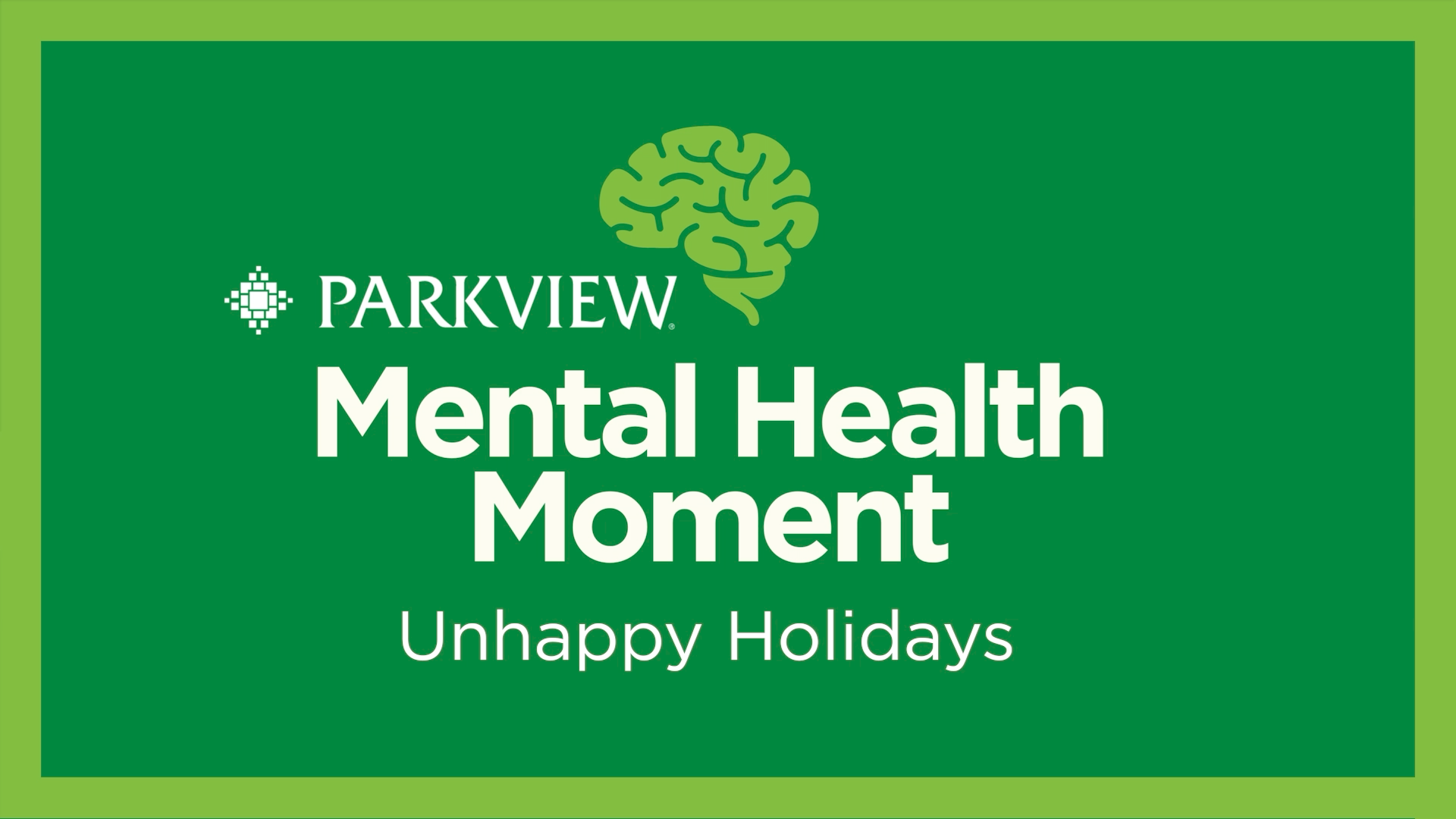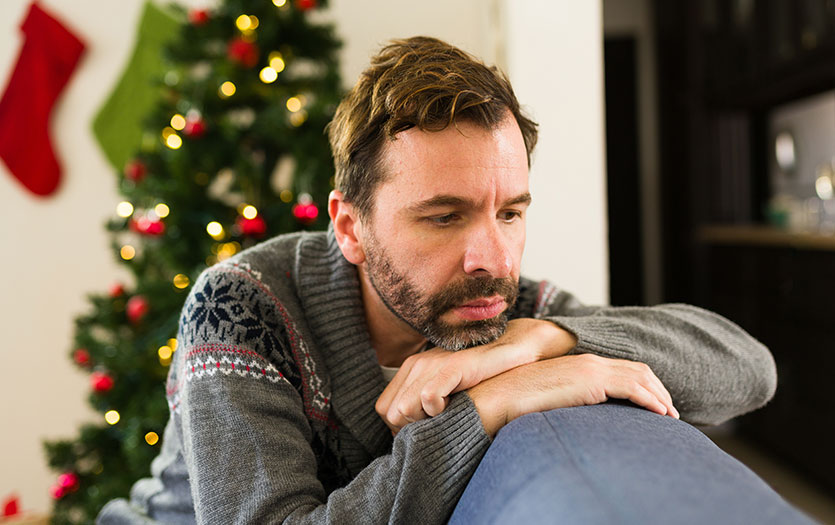
This post was written by Courtney L. Washington, PsyD, CSAYC, HSPP, Park Center, Parkview Behavioral Health Institute.
I used to facilitate an adolescent identity development group. At pointed times in the discussion, I would engage them in a thought exercise, where I would ask them: “Raise your hand if you believe that the sexes (men and women) should be treated the same.” Without fail every young man in that room would raise his hand, high and proud. To which I would exclaim, “Congratulations you are all feminist!” I was undoubtedly met with scoffs and eye rolls.
This thought exercise is a playful way to encourage curiosity and open people’s minds to the idea of feminism. Through all my education and training, I have never encountered a more misunderstood word. I have heard feminists called “man haters,” “lesbians,” and the derogatory, “femi-nazi.” The most infuriating thing with all of this, is that none of it could be a greater misrepresentation. So what does feminism actually mean? Why is it necessary? How does feminism help the sexes, all genders, and the world?
What is feminism?
Feminism is the belief in social, political and economic equality of all people regardless of sex or gender. The goal of feminism is to challenge the systemic inequalities that women (and trans gendered alike) face on a daily basis. Feminism strives to challenge gender stereotypes rooted in cultural bias. These beliefs about how men and women should look, think and behave based on their biological sex leads to rigid categories and rules that are expected to govern our actions. Living or feeling outside of these categories often leads to psychological stress, marginalization, oppression, isolation and struggles with identity. Feminist psychological theory suggests that many mental health concerns can be connected to and a result of the oppression and marginalization experienced within societies rigid framework.
Important history
The history of the women’s movement has been long and hard. Westernized feminism in its current form has been conceptualized in four major movements or waves, although as a concept feminism has been present since the dawn of humanity. The first wave was that of women’s suffrage in the late 1800s and ending with women earning the right to vote with the passage of the 19th amendment in 1919. The focus of this wave was on fighting to overturn legal barriers to equality like voting and property rights. Women like Margret Sanger and Susan B. Anthony were early advocates that began the fight for equality.
The second wave of feminism came in the late 1960s and lasted for roughly 20 years. This wave broadened the scope of the movement to include sexuality, workplace rights, family and reproductive rights. This movement brought legislation such as title IX and Roe v. Wade. This wave also brought timeless pieces of literature, art, music and films.
These first two movements of feminism are largely considered cis-gendered, white movements that left out our sisters of color. As a result, the third wave of feminism focused on diversity and individuality. This wave brought new ideas to the movement such as the concept of intersectionality (the idea that we all have multiple identities that intersect to define us), sex positivity, violence against women and the reclaiming of derogatory terms. This wave lasted until the 2010s in which a fourth wave was born.
The fourth wave furthers the focus on intersectionality and includes examination of gender norms and marginalized women. This wave posits the importance of greater representation of marginalized groups in politics and business to support and develop equity, by incorporating the perspectives of all people. The movement rallies behind the mentality that equal opportunities sought for girls and women should extend to boys and men to overcome gender norms. This is a feminism for all people that supports the belief for individuals to live their lives based on what suits them versus what society deems appropriate.
Debunking the myths
Myth: Feminists hate men.
There is a word for this. It’s misandry. And as noted above feminists love and support men. In fact, true feminists acknowledge the impact the patriarchy (male-dominated power structure of a society) has on men and boys. All the more reason to strive to dismantle it.
Myth: Feminism is for only women.
See above.
Myth: Feminism hurts men.
Again, this movement is in support of men defining their selves and masculinity in a manner that best suits the individual. The patriarchy hurts men, feminism is about empowering all people regardless of sex, gender, orientation and other categories that society impinges on people.
Myth: Feminism is about gaining power and creating a society ruled by women.
False. The movement is merely about equal access to resources and equal respect across the system. How can we effectively govern a society without all voices and all perspectives represented “at the table?”
Myth: Feminists are stuck up and crazy.
This is a myth that keeps people disconnected from the primary mission of the movement. Further, the word “crazy” has been used for generations as a means of undermining and minimizing women’s experiences. This has to stop. Women make up 51% of the population. It’s time their voices carry equal weight.
Myth: Male feminists are traitors.
False. I truly cannot understand why we continue to demonize and shame men for supporting women and girls. An argument that is consistently applied here is about how men have mothers, spouses, partners, sisters and daughters whom they love. While this is nice, I’d like to live in a world where we acknowledge and value women for being human. All humans deserve respect and dignity. Further, due to the unequal distribution of power, feminists need men, as the status quo will never change unless those with access to power join the fight.
Myth: Feminists can’t be feminine.
Wrong! The beauty of the movement is the idea that people can be who they are and there is inherently value in their humanity.
Myth: What’s the point? Things are mostly equal.
Unfortunately, this is not at all true. There are still gross inequalities in pay, health care, the workforce, education and the distribution of wealth. Are things getting better? Of course. And there is still a lot of work to do. As a result of COVID-19, four times as many women were forced to leave the workforce than men due to access to child care. The impacts of this are unknown but will likely negatively affect women’s progress for decades. We can do better. We have to do better.
Progress
It’s important to know that progress is being made.
- The wage gap is closing. Currently men make about 18% more than women for the same position. This is down from the 26% difference in 2015. Despite this, generally, women continue to earn 82 cents for every dollar a man makes.
- The Me Too Movement is giving women a voice about their experiences. The importance of this cannot be highlighted enough. Every woman I know has at least one story of sexual harassment or abuse. This issue is pervasive and it’s to acknowledge this important reality.
- Glass ceilings are being shattered as there are more women in positions of leadership than ever before.
- Representation in the media is increasing. Women’s stories are being told from female producers, photographers, writers, etc.
- Access to education has increased. This is huge, as education is the most powerful way to empower women out of poverty and oppression.
- The next generation is more accepting of equality. We are seeing kids today be more open to pushing the boundaries of bias and stereotypes.
- Women are being accepted as having more agency and ownership over their sexuality. This is despite continued threats on their reproductive right.
- There is more flexibility in gender roles. People and couples are learning that we don’t have to divide labor based on our gender. We divide labor based on what works for each couple individually. My husband is a classically trained cook. If we adhered to typical role division we’d be wasting his talent and we would likely starve.
- Perhaps the biggest leap forward is the election of our first female Vice President. I knew this would be a big deal cognitively, but words cannot express the overwhelming pride, joy and acknowledgement I felt when someone who looked like me was finally represented in the White House. Regardless of political affiliation this was a victory for women across the nation.
From this lens, feminism is not a scary or intimidating concept. The reality is, there are lots of injustices in the world. Feminists merely strive for a more equal and equitable place for all humans; a world where people aren’t valued based on their alignment with specific stereotypes, but are celebrated for their differences and unique perspectives. These systems and structures negatively impact all people, only perpetuating the flaws that have hurt us for generations. I do not accept this. I strive for the world to be a safer and more accepting place for our daughters, but also for our sons and everyone in between. So on the heels of Women’s History Month, I invite you to join me in dismantling the patriarchy. Join the movement. Speak up when necessary. Use your power and privilege for good. Never cease to persist.



